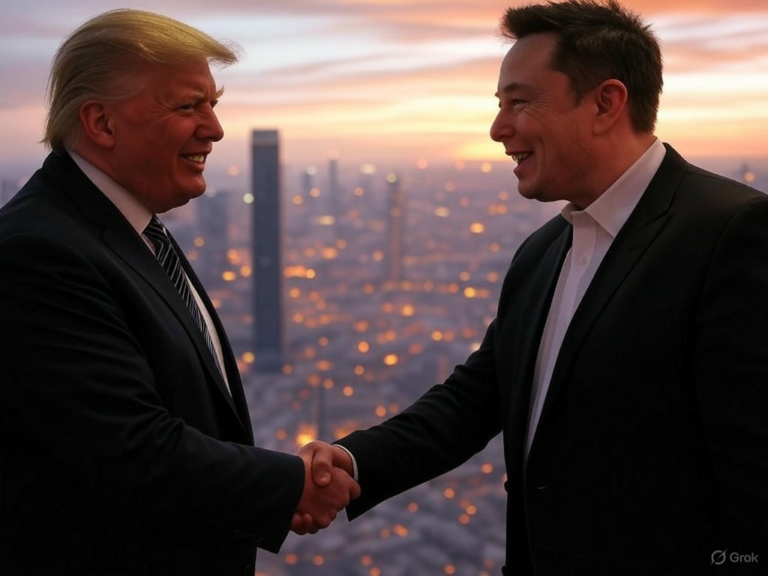
Sustainable Investing Surges Globally, Led by Gen Z and Millennials
The Sustainable Investing Revolution: Market Growth and Future Projections
Sustainable investing is experiencing unprecedented momentum globally, with market indicators pointing to significant expansion through 2025 and beyond. Industry experts are overwhelmingly optimistic, with 73% of surveyed professionals expecting substantial growth in this sector over the next one to two years, even amid political challenges and regulatory hurdles. This surge in sustainable investing isn’t just a trend—it’s a fundamental shift reshaping how we think about money and the planet.
Driving this growth are rising client demands, evolving regulations, and breakthroughs in data analytics that make sustainable investing more accessible and measurable. Despite occasional political pushback against ESG principles, confidence in the field remains strong. As noted in a recent Morgan Stanley report, nearly 90% of global investors now seek companies or funds that deliver solid financial returns while fostering positive environmental and social outcomes.
Have you ever wondered how these trends play out in real time? In markets like the US and Europe, interest in sustainable investing has held steady since late 2023, showcasing its resilience. This stability suggests that, for many, it’s not just about ethics—it’s smart business.
Generational Drivers of Sustainable Investing
What’s truly remarkable about this revolution is how younger generations are leading the charge in sustainable investing. The Morgan Stanley Sustainable Signals 2025 survey paints a vivid picture of this shift, with Gen Z and Millennials prioritizing sustainability like never before. For instance, 99% of Gen Z investors view it as a core financial priority, while 97% of Millennials feel the same way.
These numbers highlight a generational transformation where sustainable investing isn’t an afterthought but the heart of wealth management strategies. Beyond ideals, 24% of investors point to stronger financial performance as a key motivator—proving that you can align values with profits. If you’re building your portfolio, consider this: How might adding sustainable options enhance your long-term gains?
Interestingly, 80% of global investors now prefer advisors who specialize in sustainable investing guidance. This trend challenges old assumptions that tying investments to social good means sacrificing returns, offering a balanced path forward.
Investment Intentions and Strategic Shifts in Sustainable Investing
The commitment to sustainable investing is translating into real action, with 59% of investors planning to boost their allocations in the coming year. This move is fueled by visible climate impacts and growing trust in the performance of these assets. Even those keeping their levels steady, like the 31% mentioned, often do so as part of a broader diversification strategy, treating sustainable investing as essential for risk management.
Key approaches are evolving quickly: ESG integration tops the list at 81%, followed by exclusionary screening at 75%. Many professionals, about 62%, use five or more negative screens, with fossil fuel exclusions being the most common at 68%. Here’s a tip for new investors: Start by evaluating your portfolio for high-impact areas like carbon emissions to align with these strategies.
Emerging Strategies in Sustainable Investing
The landscape of sustainable investing is diversifying, featuring strategies like impact investing and thematic funds, which 36% of pros are prioritizing. Stewardship and engagement cover a massive 79% of US market assets, totaling $41.5 trillion, while alignment with UN Sustainable Development Goals—especially Climate Action and Clean Energy—is gaining steam.
Tools like AI-driven analytics, adopted by 65% of investors, are revolutionizing how we assess opportunities. For example, imagine using AI to pinpoint eco-friendly stocks that also deliver strong returns—it’s making sustainable investing more precise and effective. As you explore options, think about incorporating these tools to stay ahead.
Climate Focus and Clean Energy Transitions in Sustainable Investing
Climate change remains central to sustainable investing, emphasizing clean energy shifts, carbon cuts, and ecosystem restoration. By 2025, renewable energy is set to eclipse coal globally, driven by booming solar installations and EV adoption. This transition brings both challenges, like uneven global rollout, and opportunities for savvy investors.
The sustainable bond market is on an upswing, with projections boosted by potential interest rate drops. In 2024 alone, we saw $1.5 trillion in sustainable bonds and loans, pushing the fund market over $3 trillion. If you’re interested in this area, a simple step is to research green bonds as a low-risk entry point into sustainable investing.
Consumer Demand Driving Transformation in Sustainable Investing
Consumer preferences are amplifying the rise of sustainable investing, creating a cycle where buying habits influence business practices. Data shows 73% of global consumers are ready to adjust their habits for the environment, and 72% in key regions are choosing eco-friendly products. This shift is particularly evident among Millennials, with 75% actively adopting greener lifestyles.
From 2013 to 2018, half the growth in consumer goods came from sustainable options, highlighting how demand is pushing companies to innovate. Smaller brands often lead here, using sustainability as a competitive edge. As an investor, you might ask: How can supporting these businesses align with your own sustainable investing goals?
This consumer-driven change is a reminder that sustainable investing extends beyond finance—it’s about everyday choices that build a better world.
Challenges and Opportunities in Sustainable Investing
Despite its momentum, sustainable investing faces hurdles like political opposition and concerns over greenwashing. In the US, potential policy shifts in 2025 could impact ESG efforts, but many see this as a call for better education and standards. The key is viewing these as opportunities to refine approaches rather than roadblocks.
The Path Forward for Sustainable Investing
To address these issues, the industry is focusing on better data quality, AI analytics, and impact measurement tools. AI, for instance, can optimize sustainable investing decisions but also raises new environmental questions, like energy demands from data centers. A practical strategy? Stay informed on regulations and use reliable data sources to guide your choices.
Collaborative Approaches in Sustainable Investing
Collaboration is becoming a cornerstone of sustainable investing, with 48% of asset owners opting for joint stewardship efforts. This includes partnerships across sectors to tackle shared goals, from investor groups to businesses. Shareholder advocacy, in particular, lets investors push for ESG improvements without selling assets—a powerful tactic you might consider for your portfolio.
Through these collaborations, sustainable investing gains more influence, turning individual actions into collective progress.
Conclusion: A Transformative Force in Global Finance
Sustainable investing is more than a trend—it’s a game-changer for how we manage money and address global challenges. With Gen Z and Millennials at the helm, this movement will only grow as they gain more financial power. To wrap up, if you’re navigating these waters, remember to balance ethics with strategy for the best outcomes.
What do you think about incorporating sustainable investing into your plans? Share your experiences in the comments, explore our related articles on ESG trends, or connect with a financial advisor to get started today.
References
- US SIF. “US Sustainable Investing Trends 2024-2025 Executive Summary.” Link
- Morgan Stanley. “Sustainable Investing Interest 2025.” Link
- UN PRI. “Global Responsible Investment Trends 2025 Inside PRI Reporting Data.” Link
- US SIF. “Trends Reports.” Link
- Sustainalytics. “Six Sustainable Investing Trends to Watch in 2025 Report.” Link
- AInvest. “Sustainable Investing Gains Momentum: Generational Shift in Financial Priorities.” Link
- BigCommerce. “Sustainable Ecommerce.” Link
- LSEG. “Expect Continued Evolution in the Sustainable Investment Market.” Link
sustainable investing, ESG investing, Gen Z investors, Millennials and investing, investment trends 2025, climate-focused investments, sustainable finance, ESG strategies, green investing, impact investing







